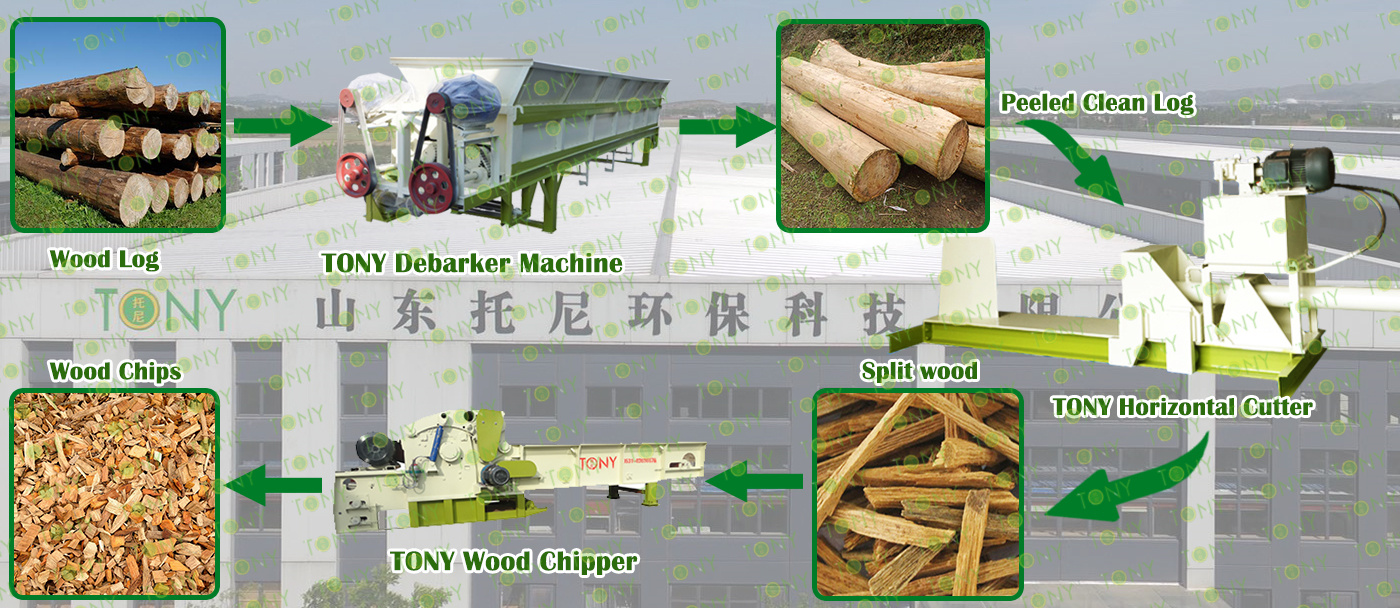The core function of the Horizontal Cutter is to split large pieces of wood materials (such as logs, tree stumps, and thick branches with diameters of 10-50 cm) into smaller, more uniform pieces of wood, providing suitable raw materials for subsequent processes like crushing and drying. Its value in biomass pellet processing lies in "reducing the difficulty of subsequent processing" and "improving overall efficiency".
The large-scale fully automatic Horizontal Cutter is equipped with a conveying device and an automatic positioning system, capable of continuously processing large tree stumps with diameters of 30-50 cm, with a chopping capacity of 1-5 tons per hour, suitable for large-scale pellet production bases (with annual production capacity of over 10,000 tons).

Core Role in Biomass Pellet Processing
Biomass pellet processing has strict requirements for the size of raw materials (typically requiring them to be crushed to 3-5 mm wood chips), and directly feeding large pieces of wood into the crusher can lead to:
① Jamming in the crusher, overload and shutdown;
② A sudden increase in crushing energy (30%-50% higher than processing small pieces of wood);
③ Increased equipment wear (tool lifespan shortened by more than 50%).
The wood splitter solves these problems through pre-treatment:
Reducing raw material size: Splitting a 50 cm diameter log into 5-10 cm small pieces, making the subsequent crusher easier to "bite in" and crush, avoiding jamming.
Uniform raw material shape: The size differences of the split wood blocks are small, and the wood chip granularity after crushing is more uniform (error ≤ 1 mm), which is conducive to subsequent drying (more stable moisture evaporation) and pellet production (particle density deviation ≤ 5%).
Protecting downstream equipment: Reducing the impact of large pieces of raw materials on the crusher's tools and screens, extending the equipment maintenance cycle (from once a week to once or twice a month).
The Horizontal Cutter and biomass pellet processing belong to the same industrial chain link for biomass resource utilization. The former is the key pre-treatment equipment for biomass pellet processing, while the latter is the deep transformation of the pre-treated raw materials.





















